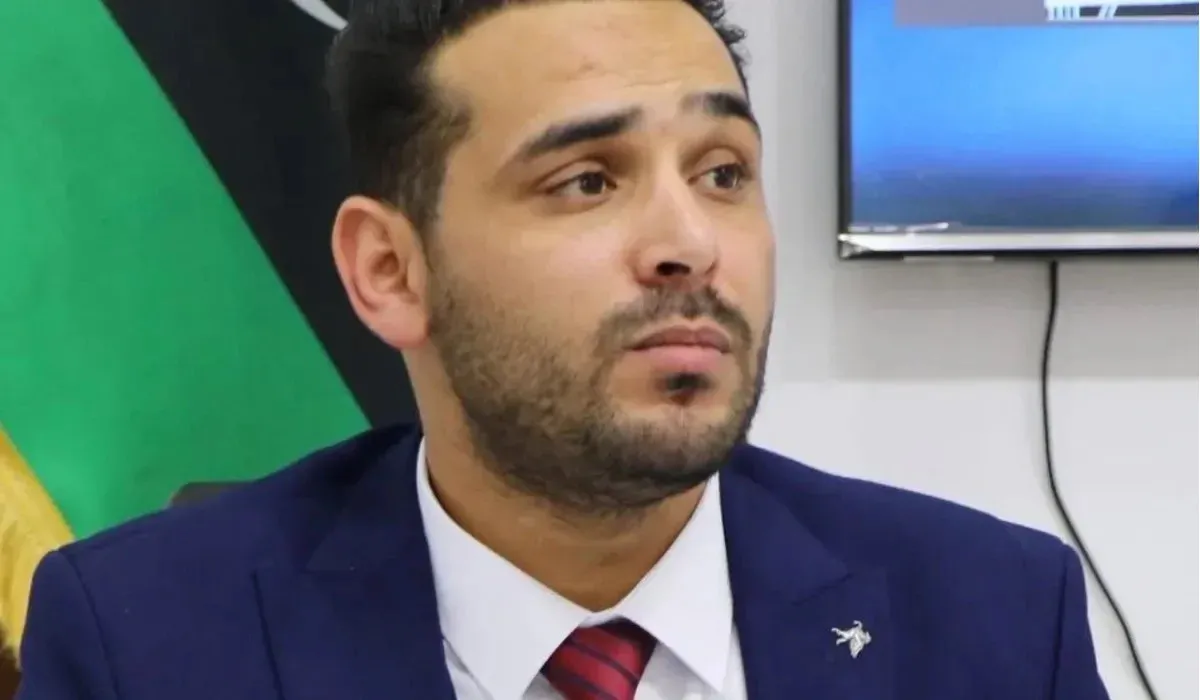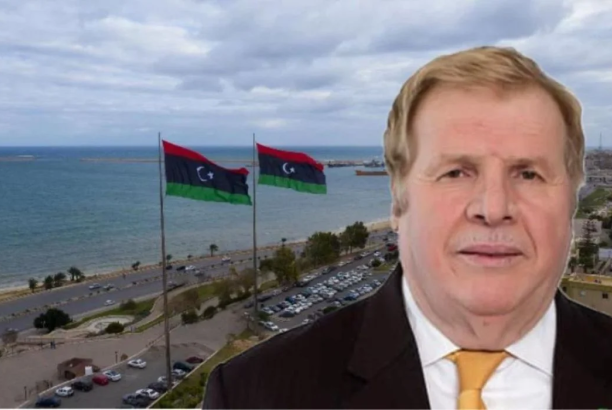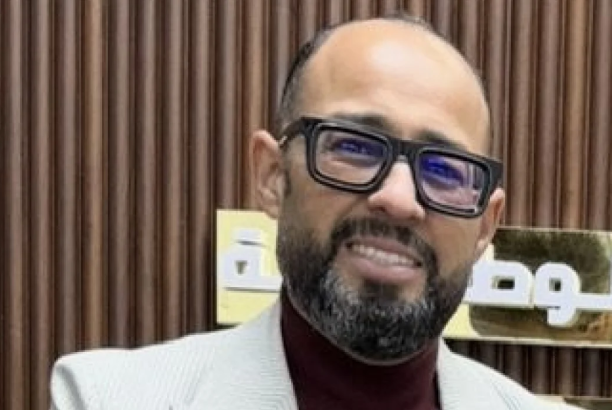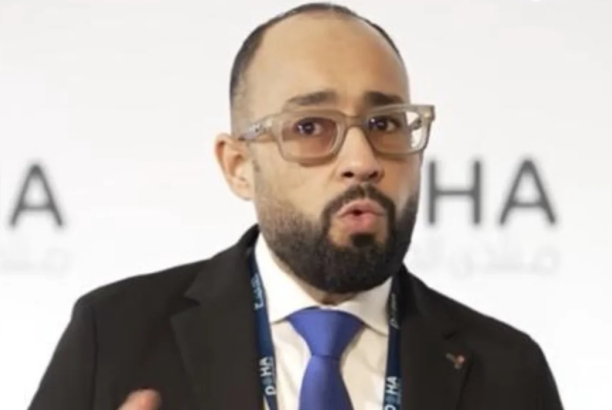
| Economic articles
Al-Barghouthi: “Governor Naji Issa Between Economic Theories and Libyan Reality”
Written by Political Economy Professor Mohamed Al-Barghouthi
Between theory and Libyan reality lies a deep gap. The Governor of the Central Bank of Libya cannot apply economic theory alone in a country suffering from institutional division and a rentier economy. However, Nagy Issa’s statements represent a positive step if accompanied by clear political will and genuine institutional reform. The economy does not wait for theory alone—it awaits the “ethical implementation” of those theories.
An Introduction to Reality
In his recent remarks, the Governor of the Central Bank of Libya pointed out that the Bank operates “under two governments, with institutional divisions and a lack of a unified economic vision.”
He also warned that monthly revenues do not exceed about $1.5 billion, while demand for foreign currency has reached $3 billion—reflecting a massive structural gap. These statements raise a central question:
To what extent can the Central Bank operate according to ideal economic theory in a reality marked by divided institutions and both internal and external challenges?
Economic Theories vs. Reality
From the perspective of monetary and macroeconomics, a central bank is theoretically expected to control key elements of monetary policy, including:
- The monetary base, money multiplier, and interest rate
- Exchange rate and pressure on foreign currency demand
- Liquidity within commercial banks
- Ensuring financial stability and sustainable government spending
In theory, any central bank is an agent of the idea that the national currency must be managed in a balance between supply and demand, external revenues and internal expenditures, and with sufficient institutional independence.
However, in Libya, the reality is closer to a fully dollarized rentier economy, heavily dependent on oil revenues that are converted into dinars spent by governments—while the productive sector remains weak and limited.
Nagy Issa’s remarks simply describe this reality: two governments, revenue deficits, and declining oil prices—all of which mean enormous constraints on the Central Bank’s capacity.
While theory assumes that the Central Bank has independent tools to control the money supply and exchange rate, in practice, the Central Bank of Libya seems to have only “partial control” due to institutional fragmentation.
Even as the Governor stresses the importance of the banking sector as a driver of growth and savings mobilization, the contradictions between theory and reality remain stark.
1. Institutional Independence
Economic theory insists that a central bank must be independent and not subordinate to government spending ministries. Yet, the Governor himself stated that the Bank operates “under two governments and institutional division,” implying that part of its independence is lost.
2. Monetary Policy Tools
In theory, the Central Bank should use tools such as reserve requirements and bond auctions to control the money supply.
But Libya’s reality shows that these tools are limited due to weak local production and falling oil prices, making the equation “creating dinars for oil dollars” dominant over a regular monetary system.
3. Official vs. Parallel Exchange Rates
Monetary stability theory requires narrowing the gap between the official exchange rate and the parallel market rate.
However, in Libya, this gap is widening—reflecting the Central Bank’s limited ability to control the market due to restricted foreign currency availability and excess demand for foreign exchange driven by the growing volume of dinars in circulation.
Reform Steps Announced by the Governor and What the Economy Really Needs
From the Governor’s statements, the following steps were proposed:
- Unifying and controlling public spending
- Reviewing financial and trade policies
- Enhancing the banking sector to serve as a driver of productive growth
To achieve these reforms, the following conditions are required:
- Institutional unity—ending the dual-government situation and clarifying the powers of the Ministries of Finance, Economy, and the Central Bank
- Economic diversification—reducing dependence on oil to below 50% of foreign revenues and attracting industrial investment
- Strengthening foreign currency reserves through non-oil exports and expanding the export base
- Launching real monetary tools such as regular treasury bonds, gradually raising reserve requirements, and implementing effective digital payment systems





